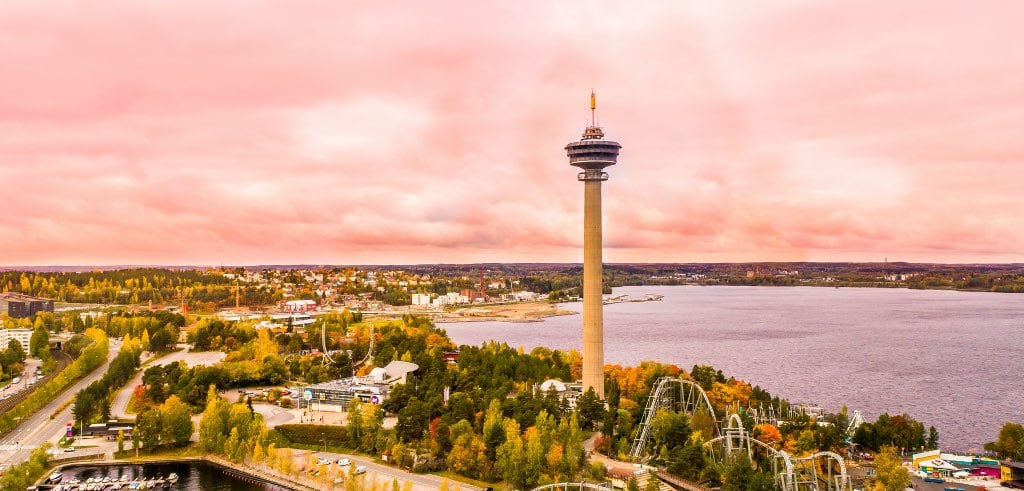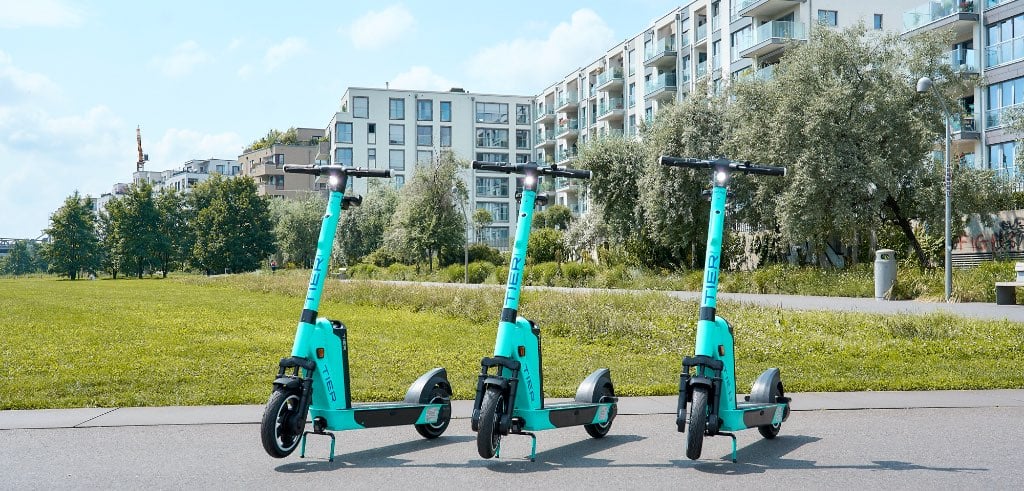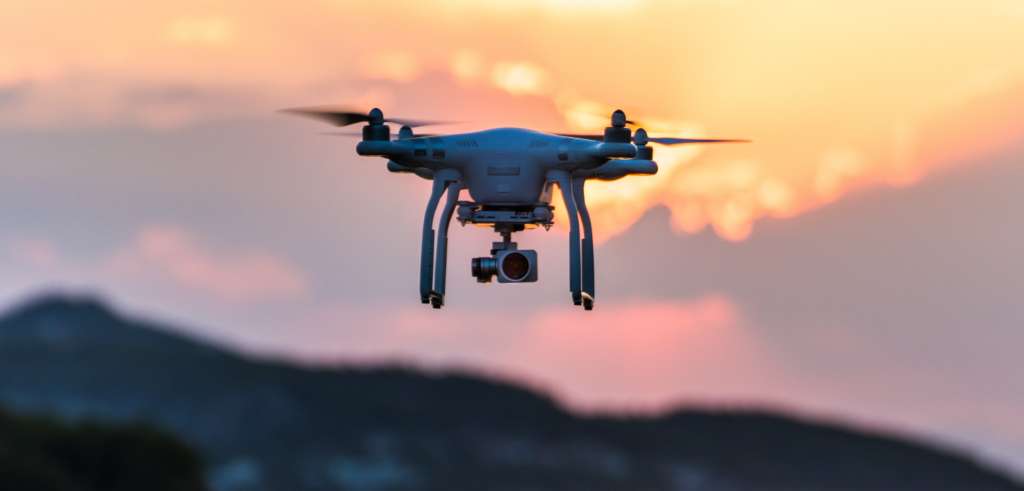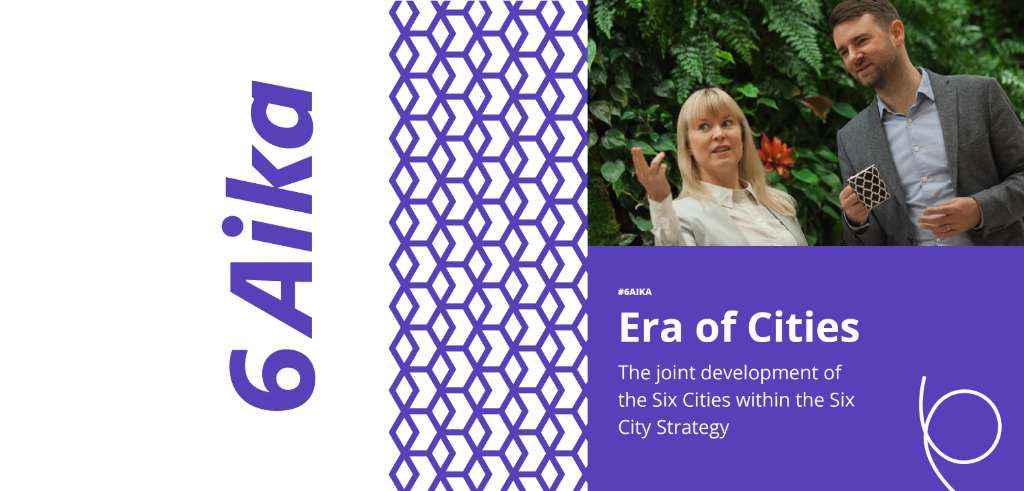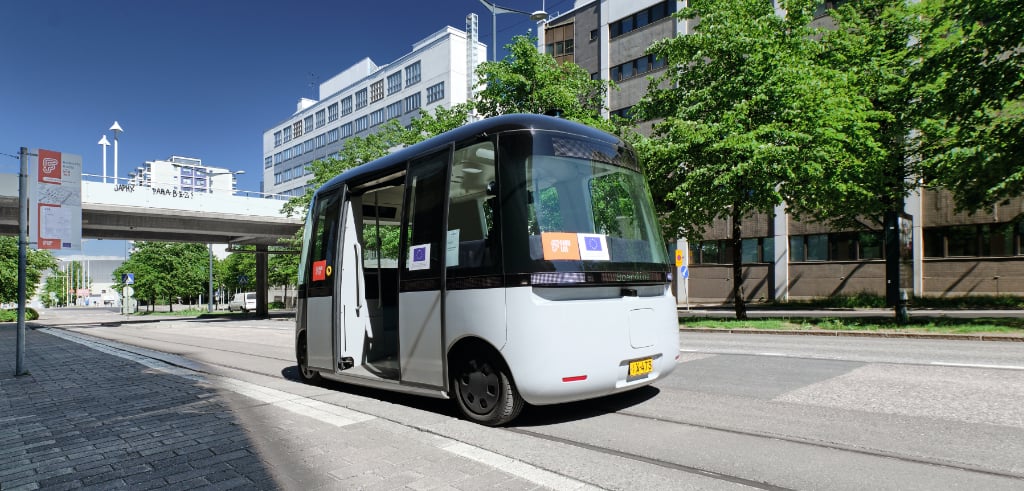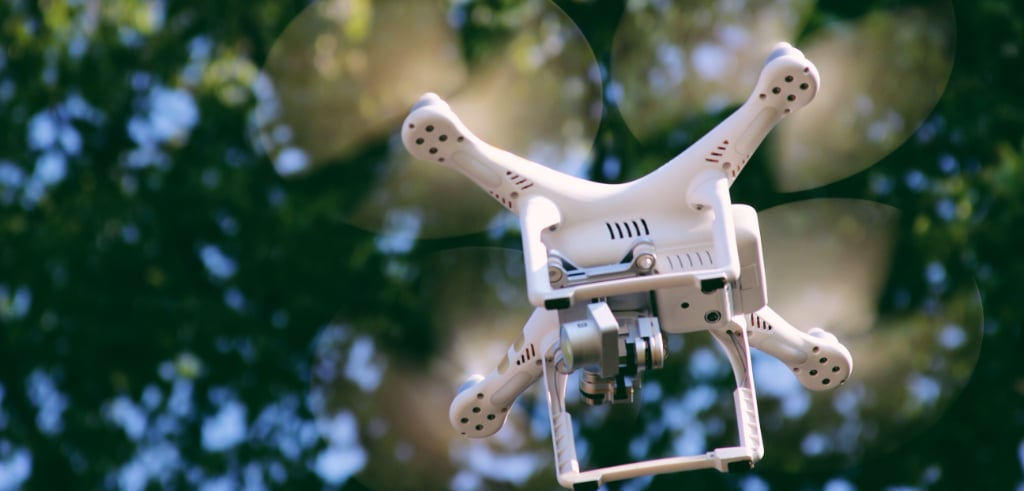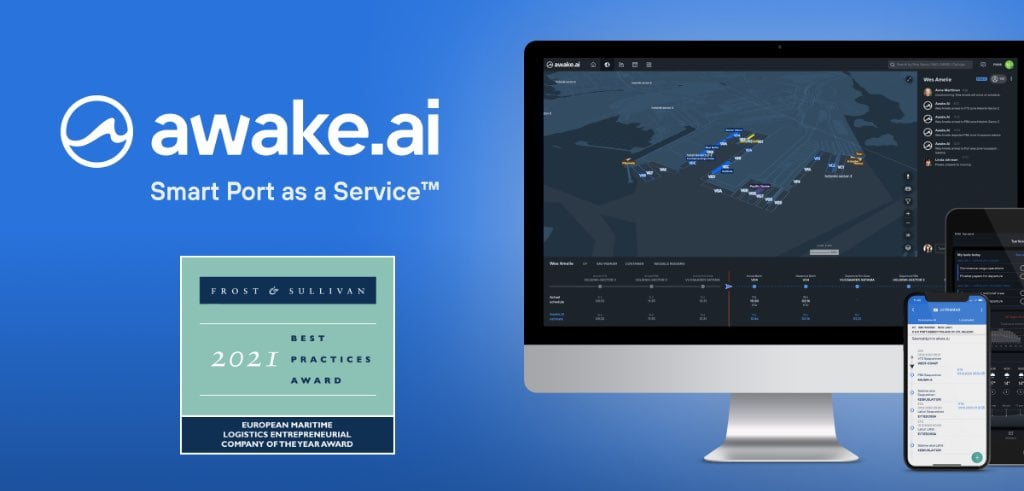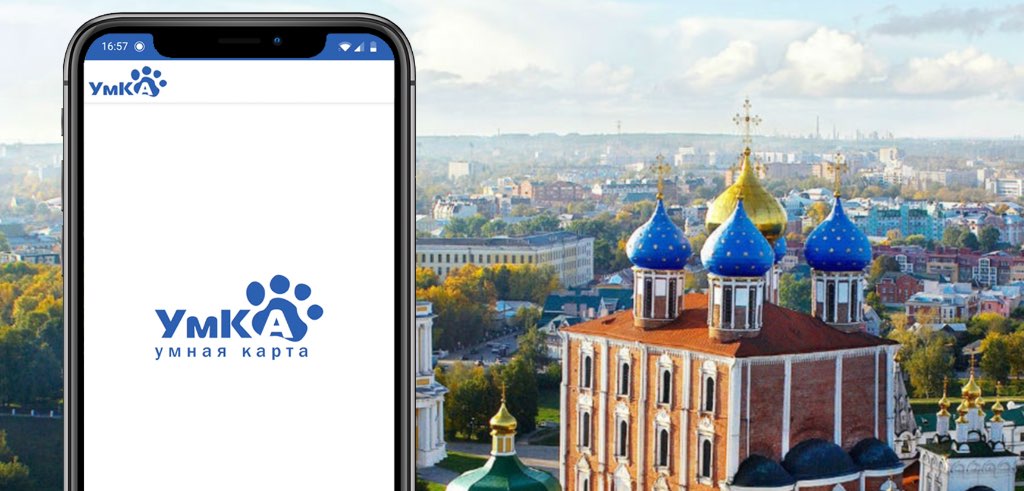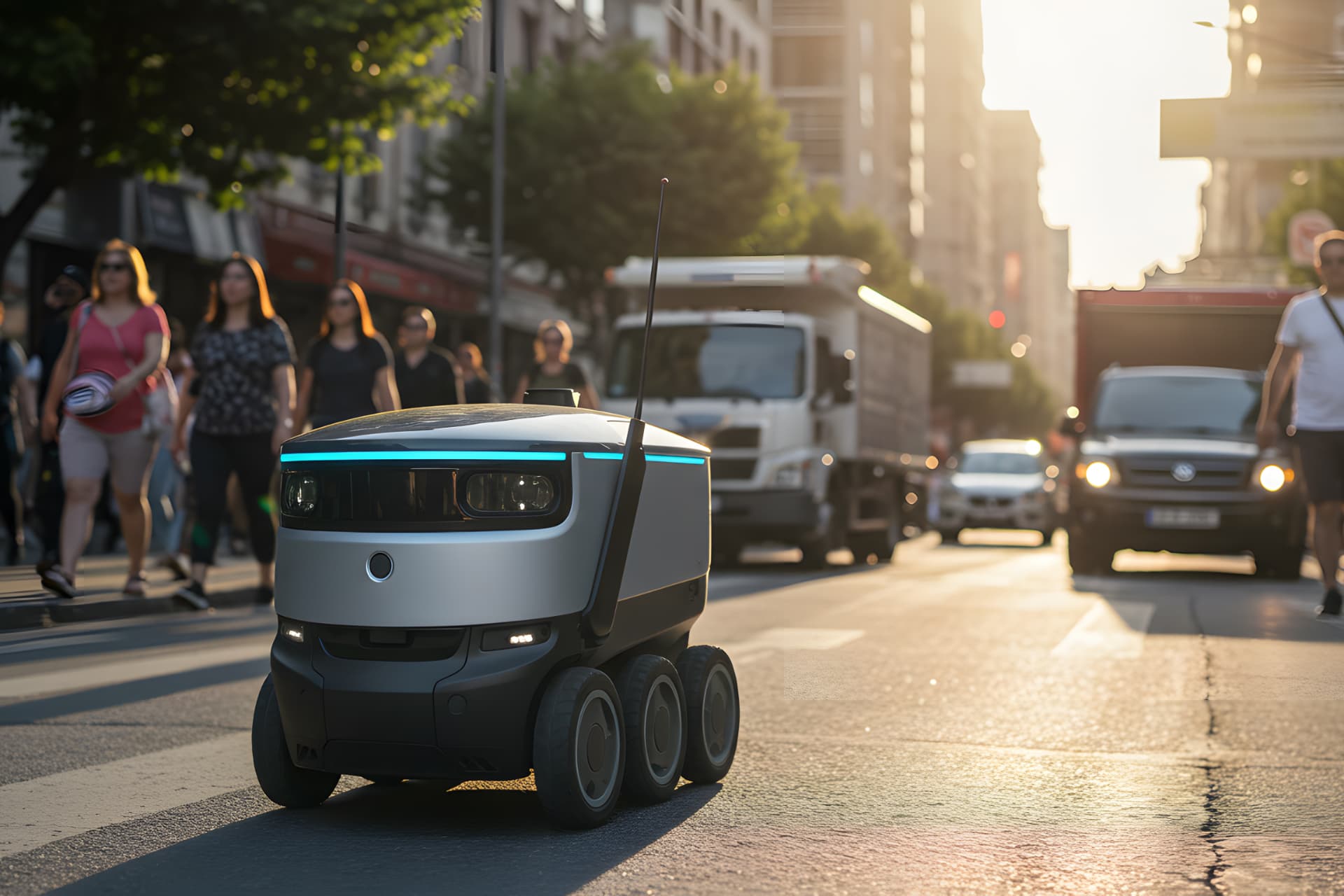
Espoo robot bus experiments pave the way for automated road transport
Robot buses that will slash public transport costs may cruise around the streets of Espoo among other traffic in about 2030, predicts a recent report on robot buses.
In autumn 2021, there were as many as three ongoing projects related to robot buses in Espoo. One of them was a service description of a robot bus service suitable for Espoo prepared by robot bus operator Roboride. “In Espoo, Matinkylä and Espoon keskus are highly potential areas for robot transport,” says Tatu Nieminen, CEO at Roboride. Nieminen presented the project results in November 2021 at a robot bus seminar organised by the City of Espoo in Otaniemi.
Automation of public transport should be started in city centres and station feeder services. The launch of automated road transport in cities is held back by legislation and lack of service provision rather than technology.
“For short distances of less than 5 kilometres and at low urban speeds, we have mature technology. Main road and motorway speeds are technically much more challenging,” Nieminen says.
Robot buses were first seen on a test drive in the streets of Espoo already in 2019. A consultant report commissioned by the cities of Espoo and Turku from Sitowise Oy on the future of automated buses predicts that in 2030, technology will be advanced enough to allow automated buses to drive among other traffic in all circumstances. Around the same time, robot bus services will become increasingly common in cities to cover the last kilometre journey: taking passengers from public transport hubs to their front doors. “We can expect automated public transport to be fairly established by 2040,” the report states.
Drivers to abandon the wheel for the control room
Ramboll Finland Ltd examined how automated buses could improve the cost-efficiency of Espoo’s public transport. Their study focused on the areas of Perkkaa and Kauklahti. The Espoo bus fleet is currently rapidly becoming electrified. This reduces transportation costs. At the same time, drivers’ salaries are becoming a relatively larger expense.
For example, Ramboll examined bus line 203 from Uusmäki to Perkkaa via Leppävaara and discovered that the drivers’ salaries account for approximately half of the total annual costs of the bus line, which are approximately EUR 900,000.
Even robot buses will not move without any manpower at all. The work will just shift from the driver’s seat to the control room. “The cost-efficiency of automated transport depends largely on how many vehicles one control room operator is able to safely monitor at a time,” says Juho Björkman from Ramboll.
According to Ramboll’s calculations, the automation of the entire bus line 203 could generate annual savings of close to EUR 100,000 in comparison to the current situation. This despite the fact that automated buses are much more expensive than the current equipment.
“Vehicle prices will fall radically with mass production,” says Tatu Nieminen from Roboride.
Nieminen also points out that the robot bus lines currently operating around the world are still just small-scale experiments including a couple of vehicles at most. Cost savings will only be achieved when dozens or hundreds of robot buses will take to the streets.
With automated buses, public transport can be profitable even when there are only a few passengers.
“Improving the service level of evening and weekend transport can be done cost-efficiently as it will not require more staff,” Juho Björkman says.
Strategic selection
In her opening speech at the robot bus seminar, Mari Päätalo, City of Espoo Project Manager, explained why the city is particularly interested in automated transport. The new Espoo strategy, adopted by the City Council in autumn 2021, outlines that the city will achieve carbon neutrality by 2030. This goal requires excellent public transport, but at the same time, there is pressure to cut costs.
“Espoo spends approximately MEUR 100 on public transport annually. Automated public transport should be able to do better than our current public transport, and with smaller costs,” says Mari Päätalo.
In the future, automated public transport will be used to complement Espoo’s expanding rail network. Espoo’s core public transport network will consist of the metro, train and light rail line. The first and last kilometres of journeys will be covered by automated buses. This is the trend in many other European cities as well.
Read the original article on Espoo’s web page. Text by Petja Partanen.

